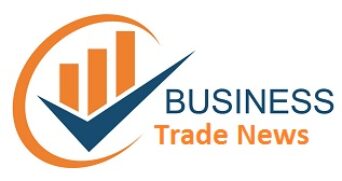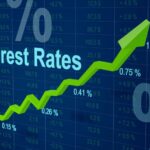If the balance sheet is carried out each year for the annual accounts, allowing to give a photograph of the assets of the company at a time T, the functional balance sheet has another vocation.
Indeed, the latter will make it possible to analyze how the company finances its investments (long-term vision) and its day-to-day activity (short-term vision).
The functional balance sheet is constructed using data extracted from the balance sheet.
In this document, we no longer speak of assets and liabilities, but of jobs and resources.
The “resources” part makes it possible to understand where the company’s funds come from, while the “employment” part will make it possible to identify how these funds are used .
Functional assessment
A distinction is also made between elements which are intended to remain with the company for a long time ( stable jobs and resources ) and elements which are directly linked to the short-term execution of the life of the company (current assets and liabilities ) .
Functional assessment: example
Just like the balance sheet, the functional balance sheet must imperatively respect the principle of balance . The only difference is that instead of having an active/passive balance, we must here make sure to obtain a jobs/resources balance.
Concretely, everything that is present in the company (jobs, left column) has been financed by a resource (right column). There can therefore be no gap between the two columns.
Carrying out your functional assessment in Excel can greatly help you. Indeed, once your model has been created, you can reuse it and archive the different versions by creating one tab per analysis.
Below is an example of categories that you can find in the functional assessment:
Note : the model above is intended to give an idea of what a functional assessment may look like.
In reality, the document will have to be adapted so that it can contain all the information specific to your company, by adding/removing categories.
To draw up your functional balance sheet, you need to know your different tax debts in accounting .
Receive the accounting guide
What is your email ?
Your email address
How to make a functional assessment?
In order to establish the functional balance sheet, it will mainly be necessary to use information from the accounting balance sheet.
Passive cash
Note : the representation above is deliberately simplified. In fact, the passage of certain elements from the accounting balance sheet to the functional balance sheet can be a little more complex.
If most of the elements of the functional balance sheet come from the accounting balance sheet, there are a few exceptions, we then speak of restatement of off-balance sheet items:
If the leasing does not appear in the balance sheet, it may be included in the functional balance sheet.
The same applies to discounted bills not due (EENE) which will impact the functional balance sheet in terms of short-term financial receivables and debts.
How to analyze the functional balance sheet?
The functional assessment will make it possible to analyze the company from two angles: a short-term vision and a long-term vision.
A positive BFR therefore means that the company does not have enough resources to finance its activity, which may require going into debt. Otherwise, it will generate a surplus which will go to net cash.
La vision moyen/long terme : le Fonds de Roulement Net Global (FRNG)
If the BFR has a very operational vision (linked to the day-to-day running of the company), the functional balance sheet will also make it possible to analyze the more stable elements of the company through the Global Net Working Capital (FRNG).
The objective of this indicator is to identify to what extent the company is able to finance the elements destined to remain in the company for a long time (for example a machine, a brand, etc.) thanks to resources that are also long-term ( such as a loan).
Global Net Working Capital (FRNG) = stable resources – stable jobs
A positive FRNG therefore means that the company manages to finance all its fixed assets (machines, premises, etc.) through its long-term resources (the money invested by the entrepreneur, for example) while having a surplus of money.
Otherwise, the financial situation of the company will not be sustainable, because this means that the money it has in the long term does not allow it to finance its long-term investments. It will therefore have to contract short-term debt.
The net cash will make it possible to reconcile the short-term vision with the long-term vision.
Concretely, if the company manages to finance what constitutes its structure (the fixed assets) as well as its operational activity (the purchases of stocks for example), then it will have a positive net treasury.
Net Cash (TN) = working capital – working capital requirement
A positive net cash position means that the company will be able to easily mobilize cash when needed.
However, it is useless to have too much net cash. It will indeed be wiser to reinvest part of the money, for example, in new machines rather than storing it.
Note : as the functional assessment is not mandatory, there is no deadline for completing it.
The stable uses and resources, calculated by the FRNG, are by definition intended to vary little.
However, the BFR, directly related to the activity of the company, will vary more often. By regularly monitoring its evolution as well as its link with the FRNG (thanks to the net cash), the company will be able to ensure that the cash is doing well and that the company is not at risk of bankruptcy.
Subscribe to the monthly newsletter of all entrepreneurs 🚀
Legalstart needs the contact information you provide to us to contact you about our products and services. You can unsubscribe at any time and consult our Privacy Policy to learn more.






Leave a Reply
You must be logged in to post a comment.